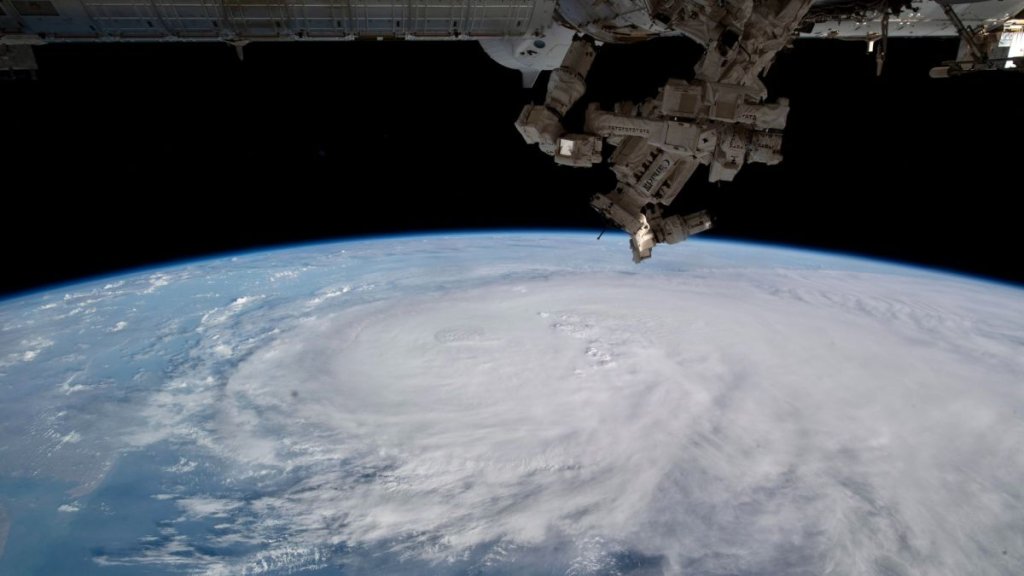
Astronaut watches Cyclone Biparjoy swirl over the Arabian Sea from space (video) (Image Credit: Space.com)
A new video from the International Space Station captures Cyclone Biparjoy swirling over the Arabian Sea.
United Arab Emirates (UAE) astronaut Sultan Al Neyadi shared a video clip of the cyclone yesterday (June 13) on Twitter. The video was taken from inside the International Space Station (ISS), at an altitude of 250 miles (400 kilometers) above the Earth.
“Watch as a tropical cyclone forms over the Arabian Sea from these views I captured,” Al Neyadi said in the Tweet. “The ISS provides a unique perspective on several natural phenomena, which can assist experts on Earth in weather monitoring. Stay safe, everyone!”
Related: Deadly cyclone ‘Freddy’ may be the longest-lived and most energetic storm ever recorded
Watch as a tropical cyclone forms over the Arabian Sea from these views I captured.The ISS provides a unique perspective on several natural phenomena, which can assist experts on Earth in weather monitoring.🌩️🌀Stay safe, everyone! pic.twitter.com/dgr3SnAG0FJune 13, 2023
Cyclone Biparjoy began brewing over the Arabian Sea on June 6. It has since intensified into a severe cyclonic storm, bringing harsh weather and sea conditions due to wind speeds of up to 99 miles per hour (160 kilometers per hour). As a result, wind warnings have been issued in the area for the next five days.
Al Neyadi also posted pictures of the cyclone to his Twitter. “As promised in my previous video here are some pictures of the cyclone #Biparjoy forming in the Arabian Sea that I clicked over two days from the International Space Station,” the astronaut wrote on Wednesday (June 14).
As promised in my previous video 📸 here are some pictures of the cyclone #Biparjoy forming in the Arabian Sea that I clicked over two days from the International Space Station 🌩️ pic.twitter.com/u7GjyfvmB9June 14, 2023
Al Neyadi launched from NASA’s Kennedy Space Center in Florida on March 2, 2023, as part of SpaceX’s Crew-6 mission, becoming the UAE’s first long-duration astronaut and second astronaut overall. The four Crew-6 crewmembers have a planned departure date of July 2023.
Since his arrival to the space station, he has captured numerous stunning views of Earth from space, including the city of Aden, Egypt, Kuwait, Jordan, Saudi Arabia, Qatar and Bahrain.
The astronaut plans to complete 19 experiments while in space, studying everything from back pain to plant biology. He has been sharing updates on his experience in space, along with his experiments on Twitter, including a recent air sampling test of Dragon CRS-28, which arrived at the space station on June 6. The test was conducted to make sure air quality is not contaminated in the spacecraft, which delivered over 6,614 pounds (3,000 kg) of equipment and scientific experiments.





